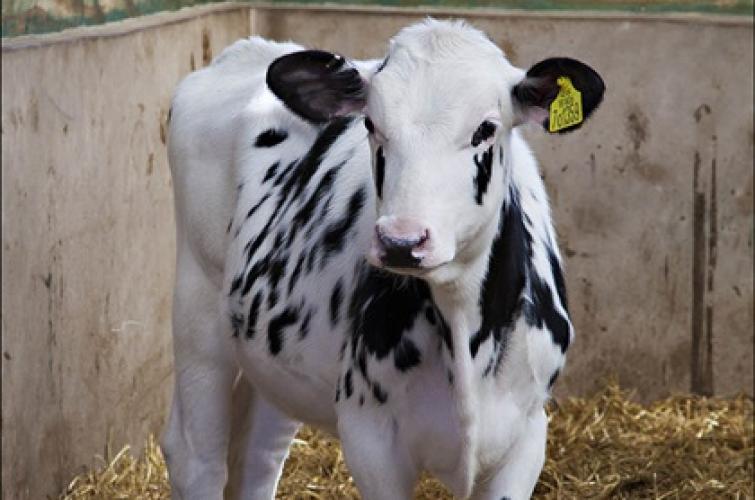A proactive approach is key to transition success
We spoke to a dairy nutritionist and former herd manager…

Debby Brown explains how forward planning can pay dividends when rearing calves into your dairy herd...
In May of last year, Debby started working with Scott Pounder at Stainton Hills Farm, Barnard Castle and introduced him to the Calf Rearing Protocol. The farm is already seeing healthier calves with better condition and improved growth rates.
The unit carries a 175 milking cow herd, averaging 9,000 litres. Calves are reared in four stages through to insemination. Previously, the calves were suffering from issues such as coccidiosis, leading to depressed growth. There were also issues with udder development around the time of calving.
So, we took a broad approach, looking at nutrition, the environment and farm management. Now we monitor and measure the herd continuously to identify any bottlenecks and improve growth.
Monitoring and measuring the herd means it's much easier to plan things out and we are quicker to react if we have any problems. Planning will save us time in the long term as we start to get rid of these bottlenecks." Scott Pounder
| Age | Bottleneck | Solution | Growth Rates |
| Pre Weaning |
Scour and pneumonia Calves too fat |
Calf Jackets, ventilation, Advanced Nustart | 0.8kg/day |
| Post Weaning |
Too Fat Coccidiosis |
Heifer Rearer Nut with chopped straw diet Improved ventilation & housing |
0.8kg/day |
| Bulling | Heifers too fat and too old at bulling size |
Alter diet to encourage lean growth and fertility Regular measurement to ensure correct size to serve |
0.85kg/day |
| In Calf |
Heifers too fat Udder oedema |
Encourage lean growth from birth. Availa 4 rumen protected mineral & good overall mineral balance | 0.75kg/day |
In the longer term, the improved growth rates resulting from better rumen development should mean that the heifers will be ready to calve at 24 months instead of 27. The impact on milk production is significant - the current target is to gain £300 per heifer in extra milk. They are well on their way to achieving this but there are improvements still to be made.
The pre-weaning calves are also given jackets for the first two weeks to keep body temperature up whilst allowing the calf house to remain cool with optimum airflow. Early indications seem good for growth rates too as energy is being used for growth rather than maintaining body temperature.
The feed is cheaper and a lot better quality, providing us with the growth rates we need. However, the protocol has been just as much about the environment and management as it has been about nutrition." Scott Pounder

Copyright © Advanced Ruminant Nutrition 2025 | All Rights Reserved